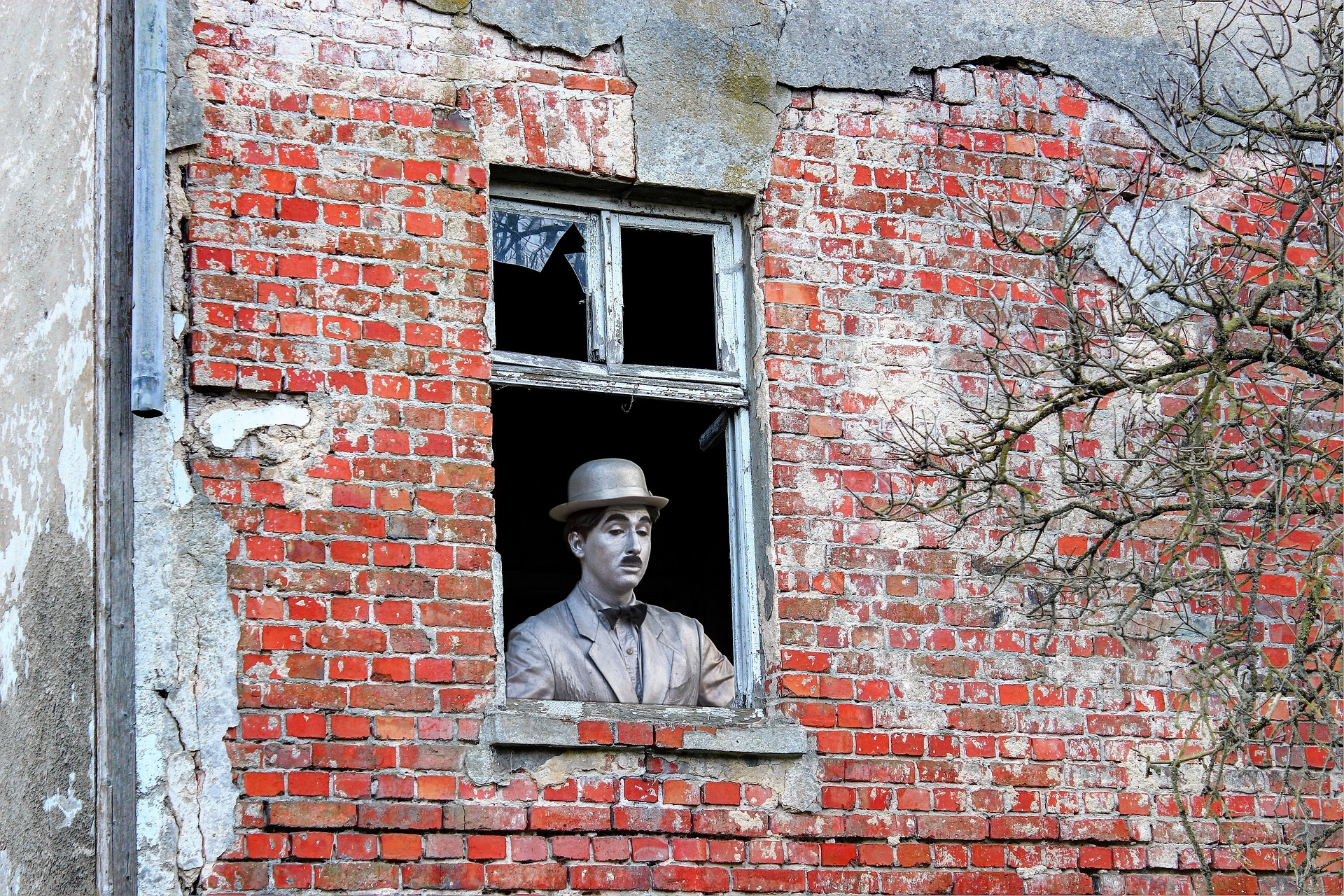"The Unseen Charms of Miniature Art: An Unexplored Realm in Contemporary Culture"
The world of art is vast and varied, but there’s one niche that often goes unnoticed – miniature art. This unique form of artistic expression, which requires an incredible amount of precision and patience, is making its mark in today's creative landscape. This article unravels the fascinating world of miniature art, its rich history, recent developments, and the impact it's making in the contemporary arts scene.
The Origins and Evolution of Miniature Art
Miniature art isn’t a recent phenomenon. Its roots date back thousands of years, with evidence of miniature carvings found in ancient Egyptian tombs. This intricate form of artistry was also a popular courtly pastime in the medieval period, with miniature portraits being common among the European elite.
The Victorian era saw a surge in the popularity of miniature houses and doll’s furniture, reflecting the period’s obsession with domesticity. In the 20th century, the art form expanded beyond the elite circles, reaching a broader audience. It’s no longer just about tiny portraits or dollhouses; contemporary miniature artists are crafting everything from minuscule food items to small-scale replicas of famous landmarks.
Miniature Art in the Modern Day
Miniature art has gained fresh momentum in recent years, thanks to platforms like Instagram and Etsy, where artists can showcase their work to a global audience. Some artists are using this medium to comment on society and politics, while others find joy in perfecting miniature versions of everyday objects.
One such artist is Tatsuya Tanaka, who has captivated audiences with his daily miniature photo project. By cleverly transforming everyday objects into surreal landscapes, Tanaka’s work blurs the lines between the mundane and the fantastical.
Impact and Reception of Miniature Art
The impact of miniature art extends beyond its visual appeal. It’s a testament to human patience, precision, and ingenuity. This art form also offers a unique perspective, encouraging viewers to observe the world in a different light.
The reception to this art form has been overwhelmingly positive, with exhibitions and festivals dedicated to miniature art attracting attendees worldwide. Despite its size, miniature art has a significant presence in the contemporary arts scene, offering a refreshing divergence from traditional art forms.
The Future of Miniature Art
While miniature art has made significant strides in recent years, there’s still much potential left to explore. Technological advancements could open new possibilities, such as 3D printing of miniature models, further enriching this art form.
Moreover, as people continue to seek unique and personalized forms of expression, the demand for miniature art could continue to grow. As we move forward, let’s celebrate and appreciate the small wonders of this enriching art form, one tiny masterpiece at a time.
Conclusion
While miniature art may not dominate headlines, it holds a unique charm that captivates those who encounter it. From its historical roots to its modern-day manifestations, this art form’s journey is a testament to the enduring power of creativity in all its sizes. Indeed, the world of miniature art is a reminder that even in art, size is not a measure of significance.





